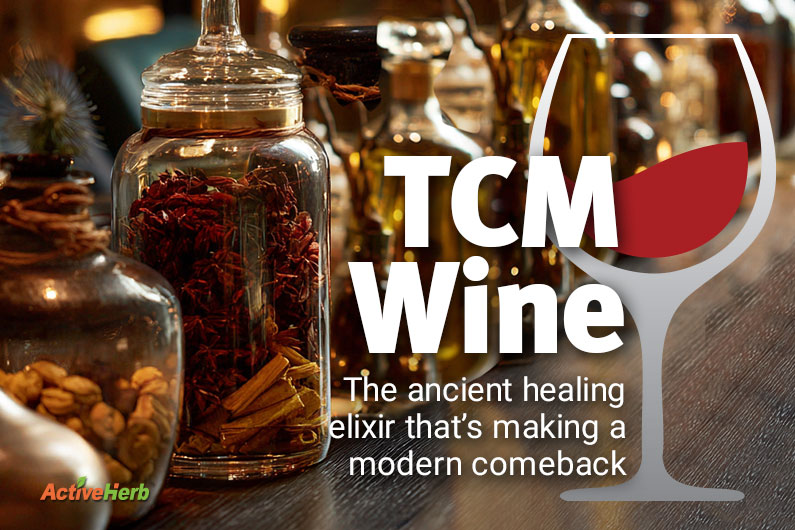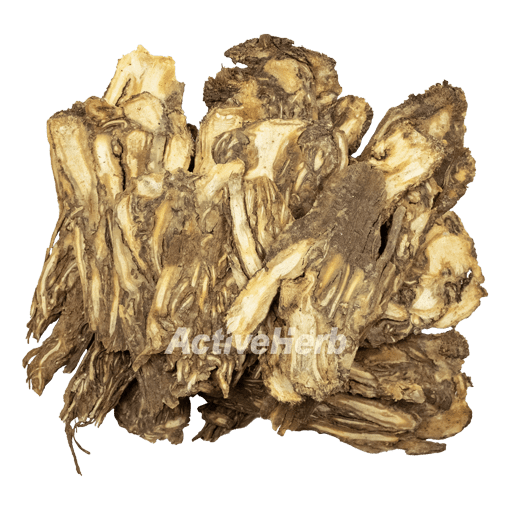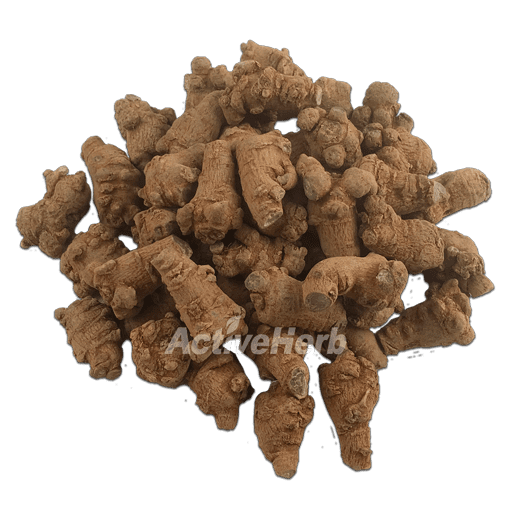TCM Wine: The Ancient Healing Elixir That’s Making a Modern Comeback

TCM wines are a forgotten wellness staple—but they’re making a comeback. And it’s easy to make at home!
Medicinal wine (aka TCM wine) was as common as soy sauce in the kitchen of Hong Kong in the 1970s and 1980s. Yellow or rice wines infused with TCM herbs were consumed for health by rich and poor alike. Popular brands like Shi Quan Da Bu Jiu (“the ten complete wellness wine”) from China and Yomeishu from Japan even had TV ads.
But by the 1990s, the tradition had largely faded; the new generation, ever-increasingly influenced by Western, contemporary values, wanted nothing to do with past health customs. Out with the superstitious rice wine steeped with dong quai, in with the chardonnay!
But like bell bottom jeans, vinyl records and Polaroid cameras, TCM wine’s popularity has resurrected. A recent feature in SCMP.com spotlights a new wave of makers blending TCM herbs with modern mixology, proof that this old tradition is breathing new life. It’s probably only a matter of weeks or months before the trend arrives stateside.
East Meets West: Booze and Medicine Have Always Been Linked
As the SCMP article mentions, the idea of alcohol as medicine isn’t unique to China.
- Gin and tonic: Originally a malaria remedy, the tonic contained quinine, a bitter anti-malarial compound. Gin was added simply to make it taste better.
- Jägermeister: The party staple was originally sold as a digestive aid and cough remedy.
- Penfolds Winery in Australia was founded by Dr. Christopher Penfold, who made fortified wines and tonics for treating anemia.
A Very Old Tradition in China
The roots of Chinese medicinal wine go back at least 3,000 years. Archaeological records from the Shang dynasty (1600–1046 BCE) show mentions of herbal elixirs carved into oracle bones.
During the Ming dynasty (1368–1644), the great physician Li Shizhen catalogued hundreds of wine-based recipes in his classic Compendium of Materia Medica. His work helped cement medicinal wines as an integral part of Chinese health practices.
TCM practitioners continue to recognize their utility today. As herbalist Samuel To Ching-san explains to SCMP:
“Alcohol acts as a conduit, directing medicinal effects and helping the medicine reach the affected area quickly. It also has a synergistic effect, dissolving the active components of herbs into the wine, enhancing absorption efficiency.”
It’s for these reasons and other health benefits of moderate alcohol consumption that a new generation of TCM wine makers is emerging on the scene. For example, the SCMP article profiled the brand, Magnolia Lab, founded by a duo comprised of a former bartender-mixologist and a TCM practitioner. (If you’re a budding entrepreneur and looking for that next Shark Tank idea, consider starting a TCM wine brand in the U.S.)
Advantages of TCM Wine Over Regular Wine
Why not just drink a regular glass of cabernet? What is it about TCM wines that may offer an edge over beverages that contain only fermented grape juice?
From a TCM perspective, medicinal wines:
- Carry herbs deeper into the channels – thanks to alcohol’s warming and dispersing properties.
- Increase absorption – alcohol extracts the active compounds from herbs more efficiently.
- Act faster – the combination of alcohol and herbs helps move Qi and Blood quickly, reaching areas of stagnation.
- Double as a tonic – depending on the recipe, they may boost vitality, strengthen Kidney Yang, invigorate circulation, or calm the Shen.
How TCM Wines Are Made
Traditionally, TCM wines are created by steeping raw or dried herbs in rice wine or other grain alcohol for weeks, months, or even years. Over time, the liquid extracts the herbs’ active compounds, concentrates their flavors, and transforms into a warming tonic.
Common TCM wine ingredients include:
- Dong quai (Angelica sinensis) – supports blood and women’s health
- Gou Ji Zi (Goji berries) – nourishes Liver and Kidneys, brightens eyes
- Sandalwood – moves Qi, opens the chest
- Ginseng – boosts Qi and vitality
- Rou Gui (Cinnamon bark) – warms channels, invigorates circulation
Can You Make Your Own TCM Wine?
Yes, on a small scale, it’s possible. TCM wines don’t require distilling; they rely on infusion. Here are two approaches:
The Traditional Way
- Add selected dried herbs to a clay jar or glass container.
- Cover completely with rice wine or other high-proof alcohol (about 30–40%).
- Seal and store in a cool, dark place for several weeks or months.
The Shortcut (Modern) Way
- Simply add TCM herbs to a bottle of store-bought wine.
- Let steep for 1–2 weeks, shaking occasionally.
- Strain before drinking.
The Modern Lazy Way
TCM extract granules offer one of the most convenient ways to get the health benefits of TCM herbs. Just add to warm or hot water and voila, you’ve got instant hot tea.
But can extract granules be used to make TCM wine? Using granules for TCM wine is a shortcut, and purists may scold you for even trying!
Classic medicinal wine slowly extracts compounds from whole herbs in alcohol over weeks or months. In comparison, granules are already water-extracted and dried; dissolving them in alcohol mainly changes the delivery medium rather than adding new alcohol-soluble fractions.
Nonetheless, if you want to experiment with TCM wine at home using extract granules, follow this “instant” approach:
- Use a clean bottle with 15–20% alcohol by volume (light rice wine or diluted spirits).
- Add 1–2 grams total granules per 100 ml, shake to dissolve, rest 24–48 hours, then strain if needed.
- Refrigerate and use small amounts; flavor and sediment vary by herb. Avoid herbs that are contraindicated without practitioner guidance.
Alcohol-Free Ways to Enjoy the Benefits of TCM Wine
Want the benefits of herb-infused wines without the booze? These formulas fit the same traditional goals:
- CircuFine™ — supports smooth Qi and Blood flow (a non-alcohol stand-in for classic circulation-invigorating wines).
- SpiritCalm™ (An Shen Bu Xin Pian) — nourishes Heart Yin and calms Shen when you want the relaxing, evening-sipper vibe without alcohol.
- YinVive™ (Liu Wei Di Huang Pian) — replenishes Yin to balance internal heat that spicy or warming wines can aggravate in some constitutions.
- CardioVigor (Fu Fang Dan Shen Pian)™ — supports Heart Qi and healthy circulation from a TCM perspective.
TCM Wine: A Tradition Worth Reviving?
From Shang dynasty oracle bones to Hong Kong households of the 20th century, medicinal wines have been treated as health elixirs for centuries. TCM wines merge pleasure with wellness and ritual with remedy. And now, as the younger generation discovers the hip factors of the ancient ways, TCM wines may once again flow into everyday life here in the U.S.
Have you ever drank TCM wine? Would you consider making your own? Leave a comment.
Enjoyed this article? Read similar content on the ActiveHerb.com Blog:
Alcohol vs. Weed: A Traditional Chinese Medicine Perspective
Alcohol in TCM: The Surprising Benefits of Booze








